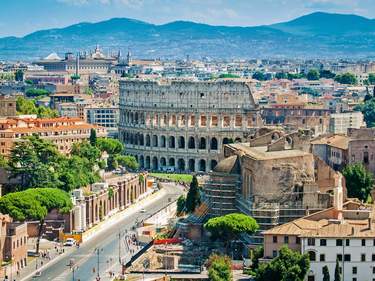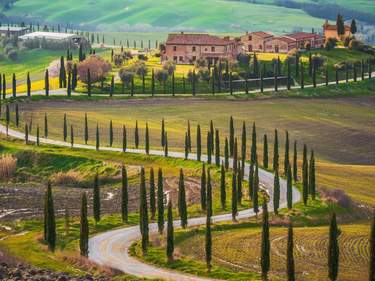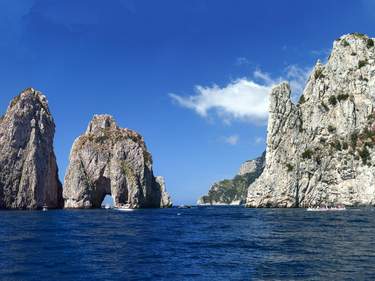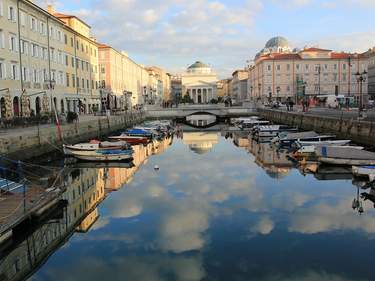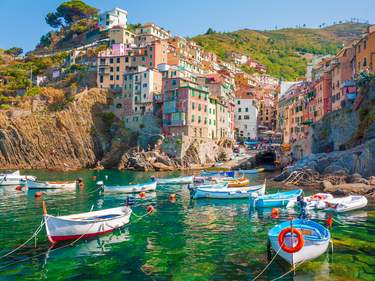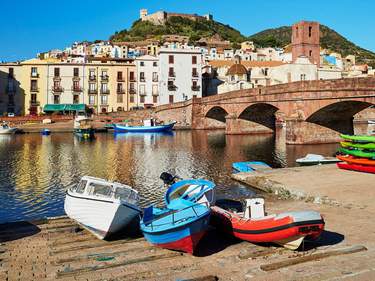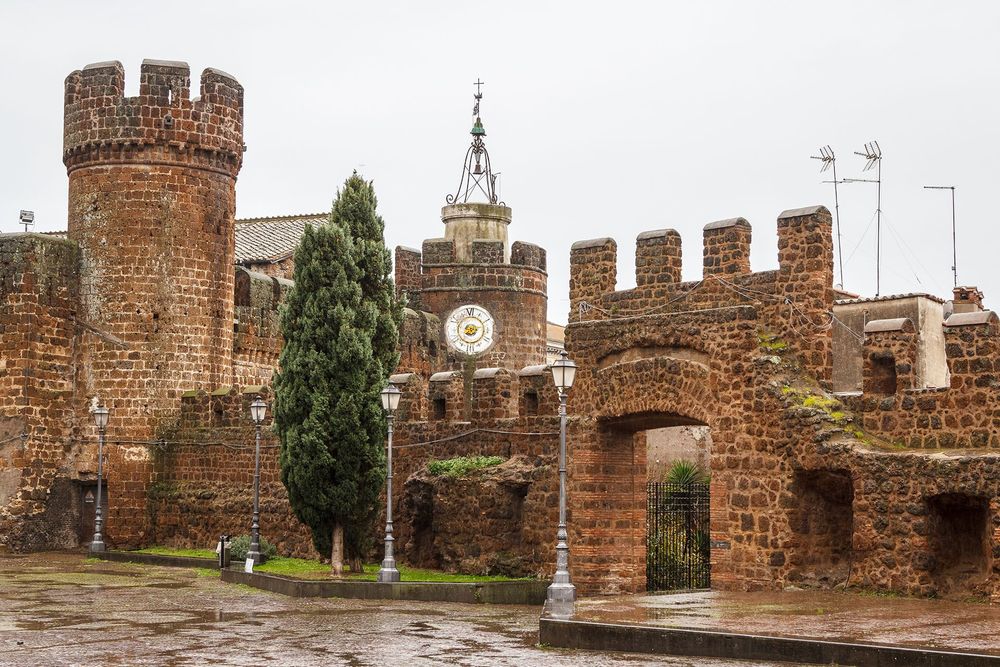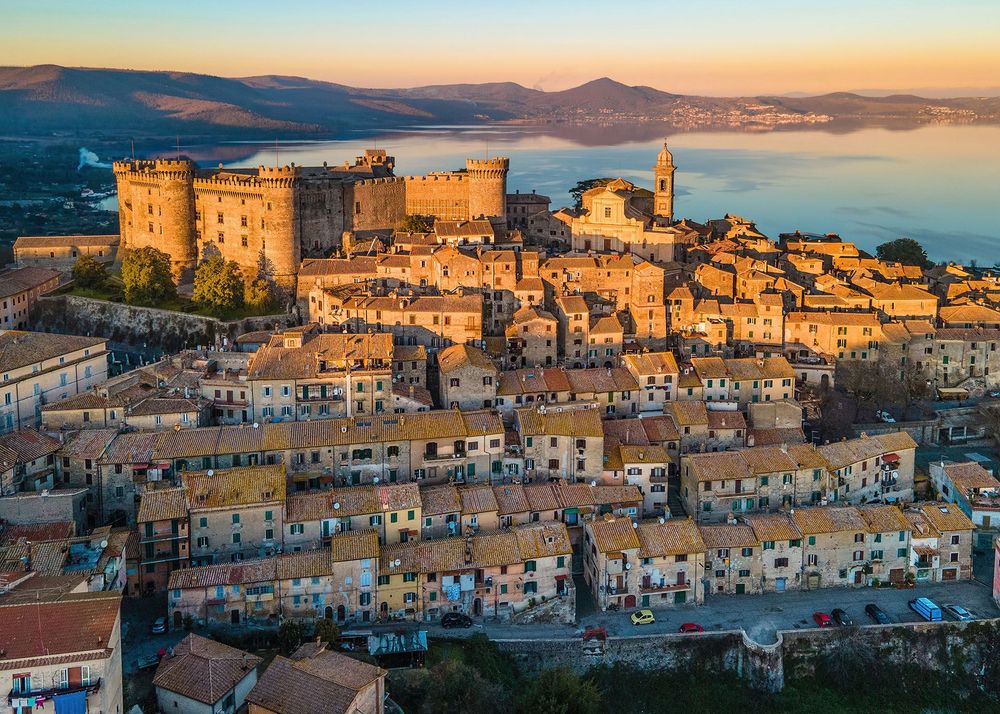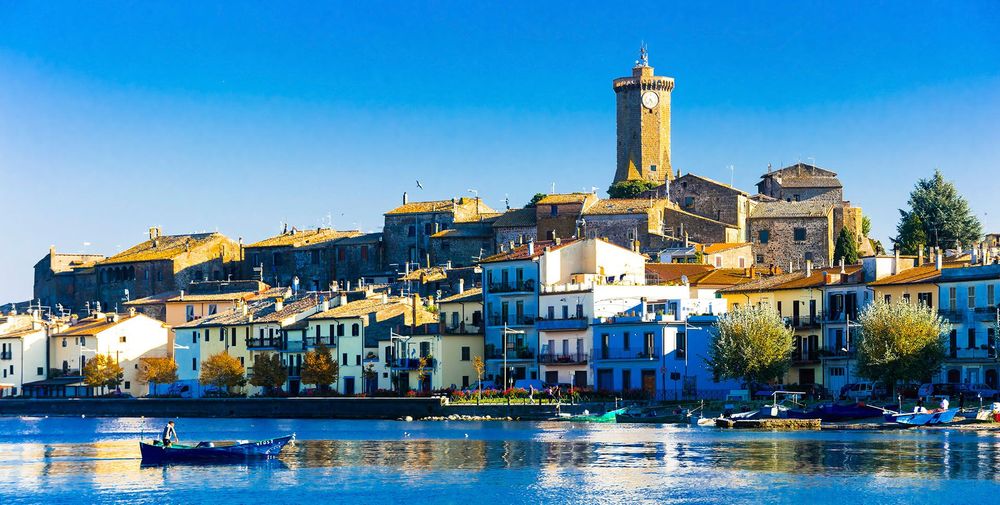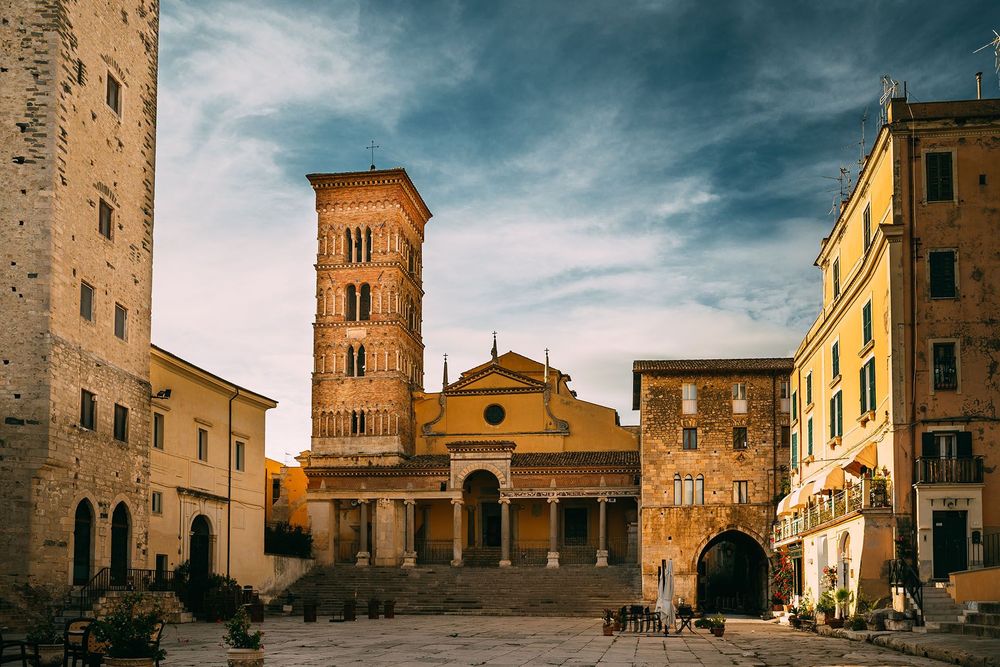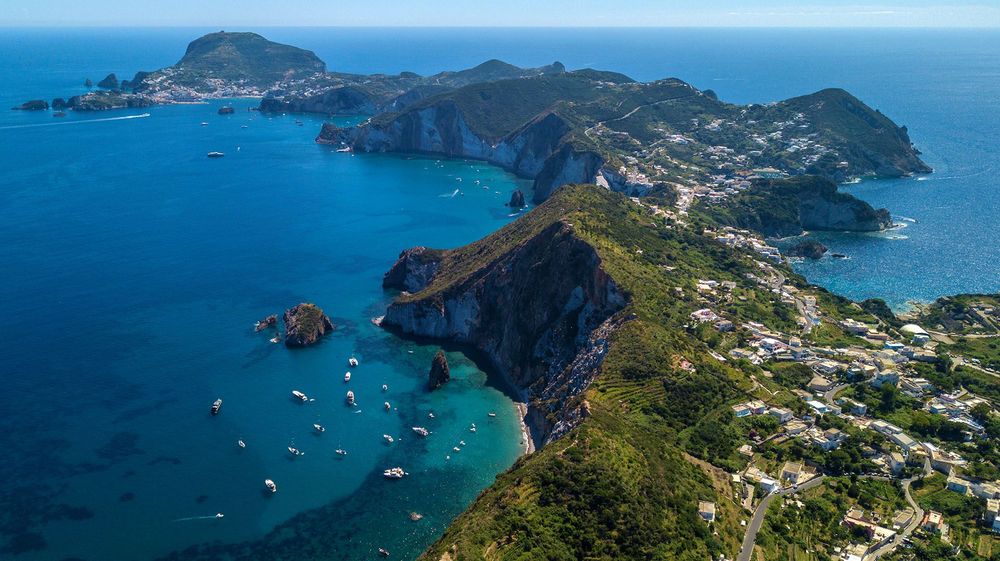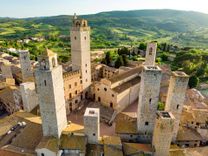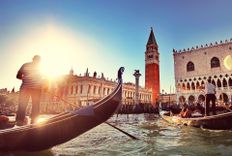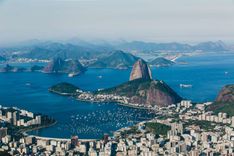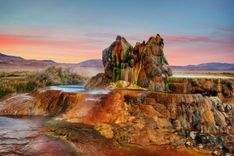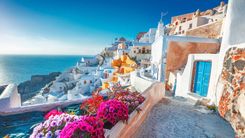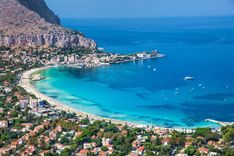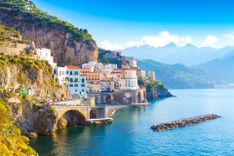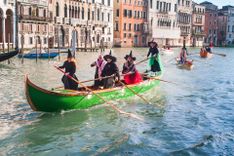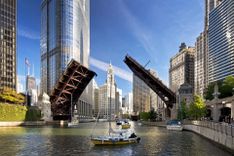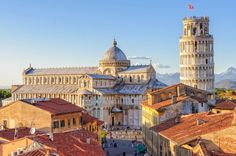Head out to Northern Lazio
Northern Lazio is quite a different entity from the region south of the capital. Green and wooded in the centre, with few large towns, its steadily more undulating hills are similar to the landscapes of Tuscany and Umbria further north.
With determination, you can see much of it on day trips from Rome, made easier if you have a car. Foremost among the area’s attractions is the legacy of the Etruscans.
To the west, some of their most important sites, Cerveteri and Tarquinia, are readily accessible by road or rail.
Alternatively, there’s the town and lake at Bracciano, and pleasant beaches from Tarquinia to Civitavecchia. Viterbo can serve as a base if you’re thinking of a two- or three-day visit, particularly if you’re touring without a car.
It’s close to some fine examples of the region’s Mannerist villas and gardens at Caprarola and Bagnaia and the amazing monster park at Bomarzo.
Etruria and the coast
D.H. Lawrence had pretty much the last word on the plain, low hills stretching north from Rome towards the Tuscan border, describing the landscape as “lifeless looking … as if it had given up its last gasp and was now forever inert.”
His Etruscan Places, published in 1932, is one of the best introductions to this pre-Roman civilization and its cities, which, one or two beaches excepted, are the main reasons for venturing out here. This is easily one of the best things to do around Rome.
Cerveteri
Cerveteri provides the most accessible Etruscan taster from Rome. The settlement here dates back to the tenth century BC. Once known as Caere, it ranked among the top three cities in the twelve-strong Etruscan federation, its wealth derived largely from the mineral-rich Tolfa hills to the northeast – a gentle range that gives the plain a much-needed touch of scenic colour.
In its heyday, the town spread over 150 hectares (something like thirty times its present size), controlling territory 50km up the coast. By the third century BC, Caere was under Roman control, leading to the decline of Etruscan culture in the region. The present town is a thirteenth-century creation, dismissed by D.H. Lawrence – and you really can't blame him – as "forlorn beyond words".
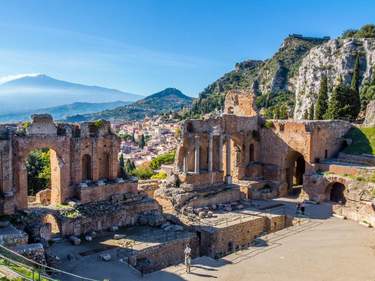
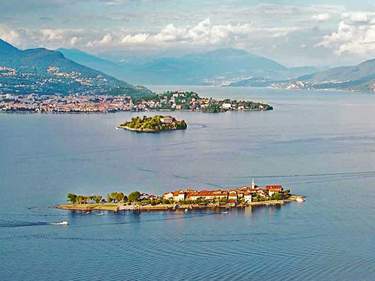
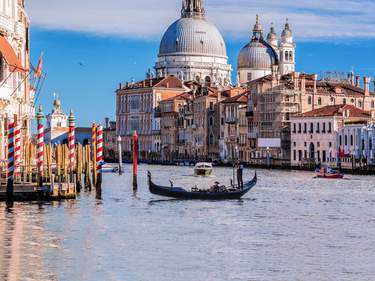
_listing_1475755133743.jpg)
